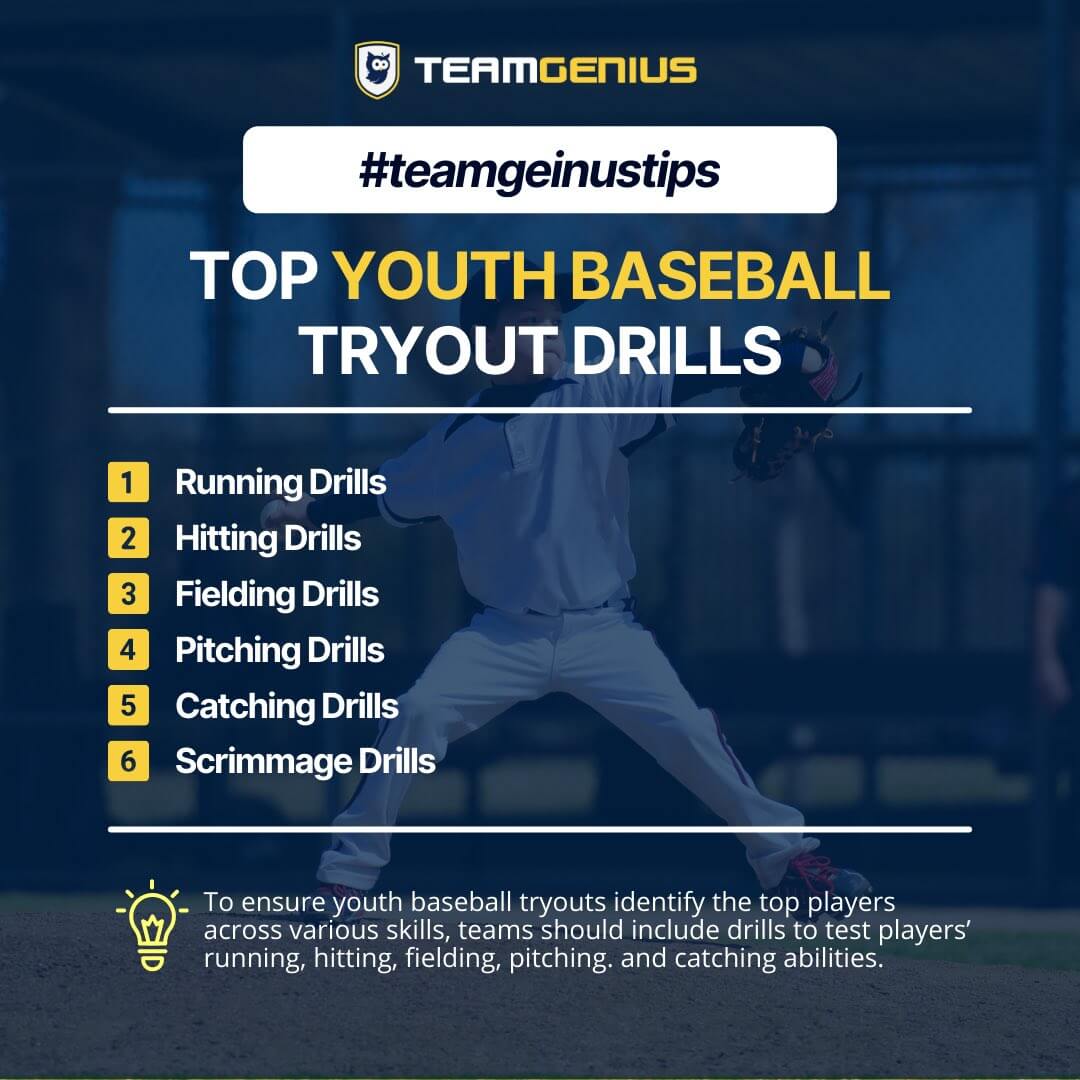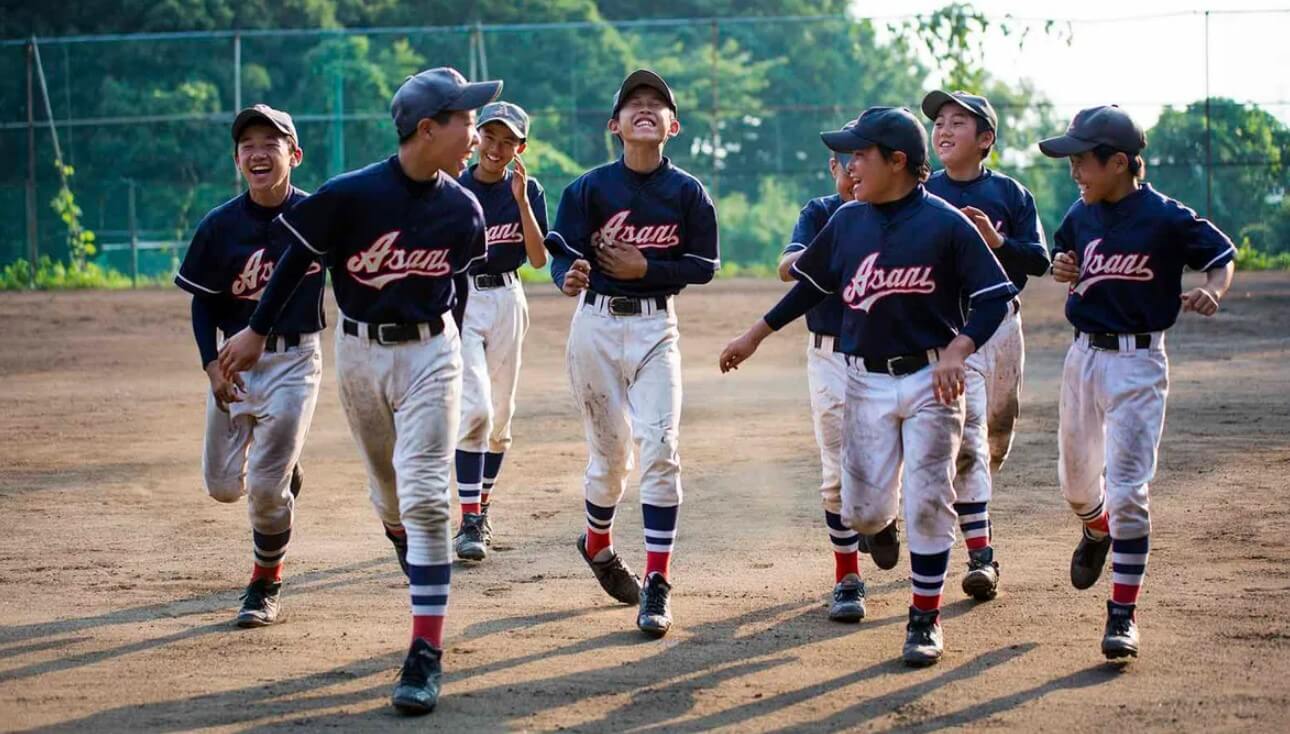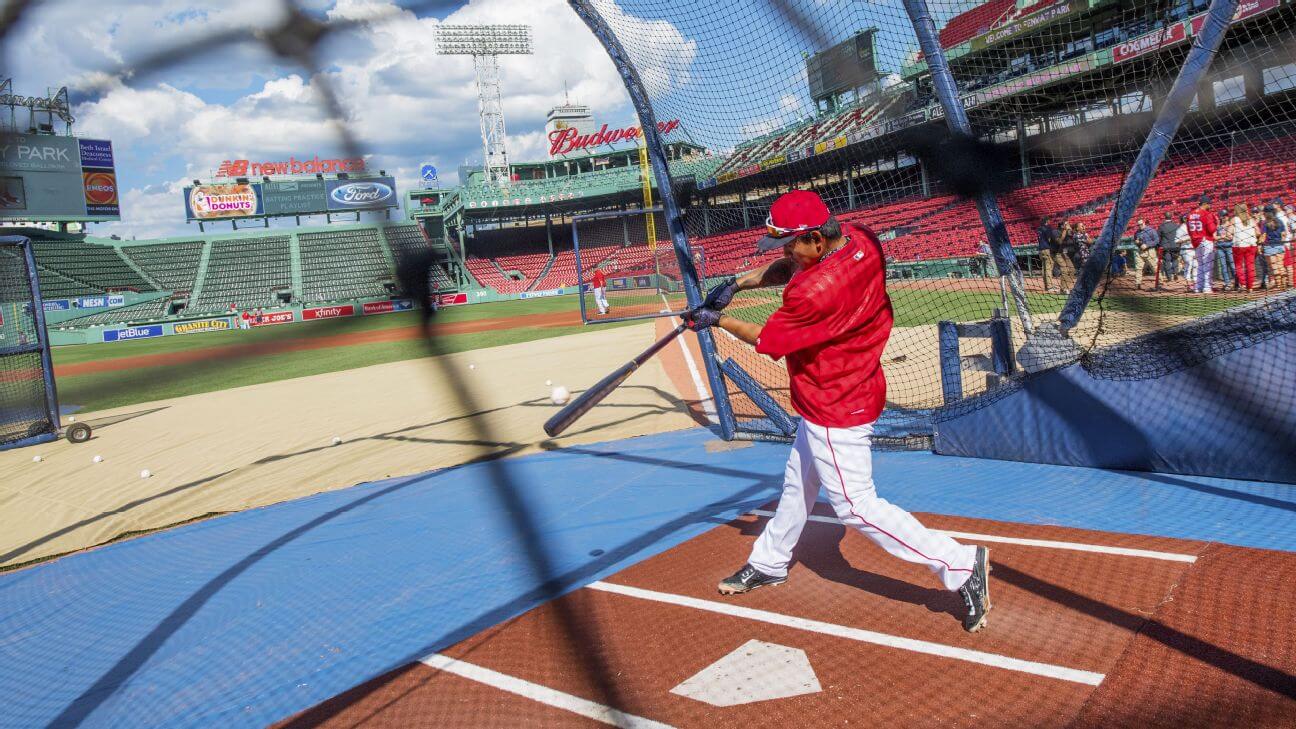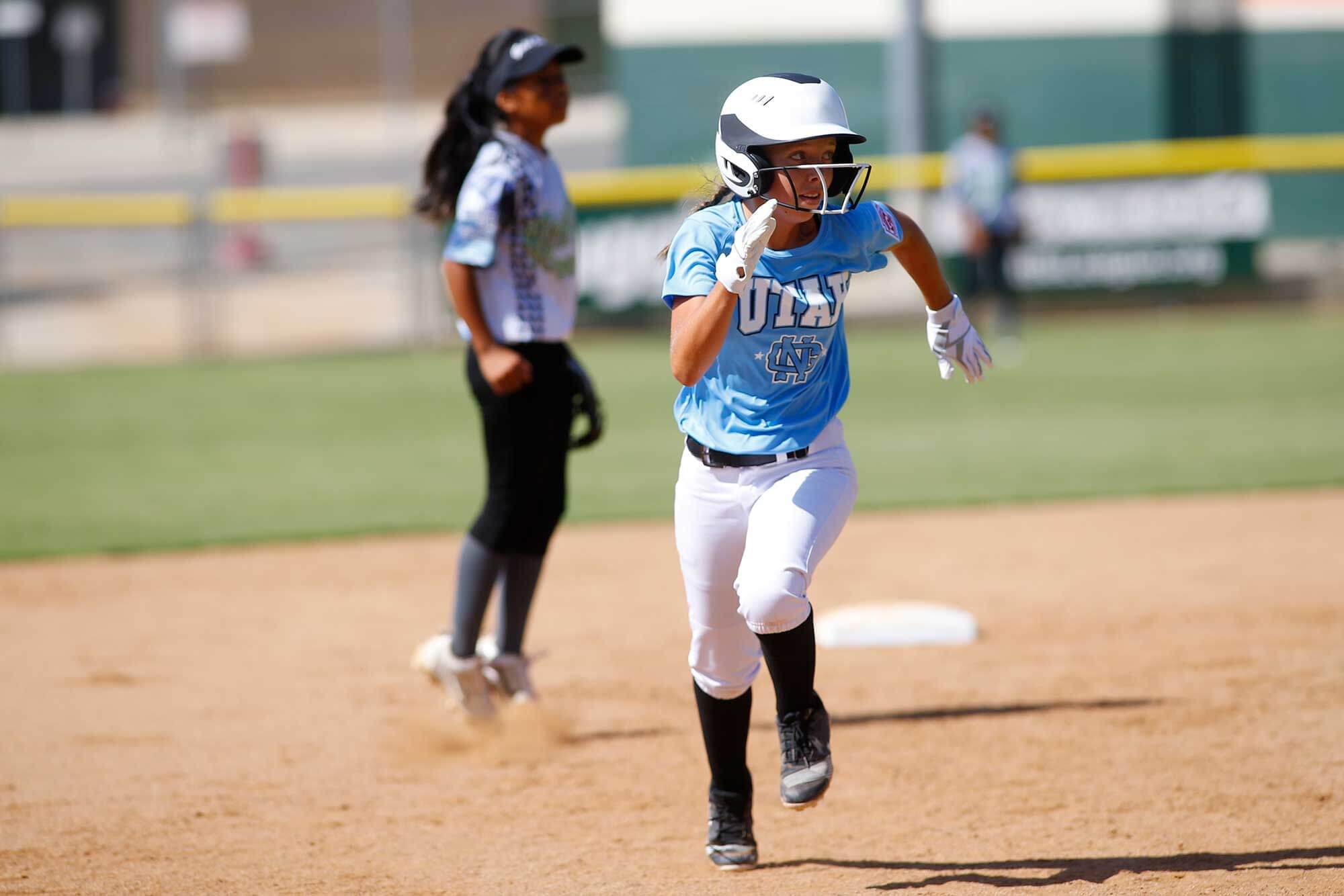Baseball tryouts are an important step for players hoping to make a team. Proper preparation and performance at tryouts can make the difference between making the team or not. These tryouts allow coaches to evaluate players’ skills and determine who is best suited for the team.
It’s crucial that players take tryouts seriously and put in the work beforehand to showcase their abilities. This includes both physical preparation through drills and exercises as well as mental preparation. Players should ensure they get proper rest and nutrition leading up to tryouts. Having the right mindset and focusing during the drills is key. The ability to follow directions and accept coaching are also important elements coaches look for.
Overall, baseball tryouts are the time for players to demonstrate their capabilities. With thorough preparation and focus, players can maximize their chances of standing out and earning a coveted roster spot. This article provides helpful tips and key drills for excelling at baseball tryouts.
Warm-up Exercises

Before trying out for a baseball team, players need to properly warm up their bodies to prevent injury and optimize performance. Warming up consists of light cardio and dynamic stretching to increase blood flow, range of motion, and muscle activation. According to the sports medicine experts at UPMC, baseball players should begin their pre-game routine with a 5-10 minute jog followed by bodyweight exercises like high knees, butt kicks, walking lunges, and shuffling side-to-side.
These dynamic movements mimic motions used during play like running bases, fielding balls, swinging a bat, and throwing. After the light cardio, players should do a full body dynamic stretch focusing on major muscle groups like the calves, hamstrings, hips, torso, shoulders, and arms. Proper form is key – stretches should be controlled, not ballistic. A complete dynamic warm up prepares the muscles for the explosive sprints, throws, and swings to come during tryouts or a game.
Fielding Drills

Fielding drills will evaluate a player’s range and throwing accuracy while fielding ground balls and fly balls.
Coaches should set up various drill stations such as:
-
Infield grounders – have players field ground balls hit or thrown to different areas and make throws to 1st base. Test their range and ability to field balls to their glove side and backhand side.
-
Outfield fly balls – hit fly balls to the outfield for players to practice catching balls over their shoulder and on the run. Focus on proper footwork, tracking the flight of the ball, and making the catch.
-
Throwing accuracy – designate bases or targets and have players make throws from the infield and outfield. They should utilize proper throwing mechanics for velocity and accuracy.
Fielders will be judged on their lateral range, footwork, soft hands to field balls cleanly, body positioning, throwing accuracy and arm strength. Advanced drills can include short-hop blocking and double play turns for infielders. Outfielders can practice hitting cut-off men and throwing runners out at different bases. Overall focus on their defensive fundamentals and abilities.
Hitting Drills

Strong batting skills are critical for any player trying out for a baseball team. The hitting drills portion of a tryout allows coaches to evaluate a player’s ability to make solid contact and drive the ball.
Focus on the following key areas:
-
Soft Toss – Hitting soft toss allows players to work on their swing mechanics and make adjustments without the pressure of a live pitcher. Coaches will look for a smooth, level swing plane and the ability to use the entire field. Players should be able to consistently hit line drives up the middle and to the opposite field on soft toss.
-
Tee Work – Tee drills isolate the swing without the added challenge of tracking a pitch. Players should be able to drive the ball with authority and backspin by keeping their hands inside the ball and transferring their weight. Coaches will assess bat speed, balance, and swing path on tee work.
-
Live Pitching – Batting against live pitching reveals strengths and weaknesses in a hitter’s approach. Can they handle velocity? Identify breaking balls? Adjust to different locations? Their timing, plate coverage, and pitch recognition will all be on display. Players who can consistently barrel up strikes with line drives demonstrate the advanced hitting skills coaches desire.
The hitting portion is crucial for showcasing batting ability. Stay within yourself, focus on solid contact, and hunt strikes. Staying relaxed yet focused during your at-bats is vital for tryout success. With strong fundamentals and preparation, you can highlight your offensive skills when stepping into the batter’s box.
Baserunning Drills

Baserunning is a critical skill in baseball that can make the difference between a win and a loss. Effective baserunning requires speed, agility, and smart decision-making. At a baseball tryout, coaches will assess players on key baserunning abilities.
Sprints – Have players run timed sprints between bases, such as home to first or first to third. This tests raw foot speed out of the batter’s box and around the bases.
Tagging Up – Hit fly balls of varying depths and have players practice proper tagging technique and judgment on advancing bases. Coaches should look for quick reads and explosive jumps off the bag.
Sliding – Set up a sliding mat or slide pits for players to practice proper sliding form. Assess their approach, body control, and ability to avoid injury. Stress keeping fingers up.
Overall, fast baserunners who show savvy and aggressiveness on the bases demonstrate strong potential for contributing to their team’s success. These types of drills evaluate their speed and baseball IQ.
Pitching Drills

Pitching drills are critical for baseball tryouts, as coaches will be evaluating pitchers on velocity, control, mechanics, and overall talent. Some key pitching drills to practice leading up to tryouts include:
Long Toss
Long toss is an important drill for building arm strength and increasing throwing distance. To perform long toss:
- Start 30-50 feet apart from your partner, slowly increasing distance with each throw
- Use a crow-hop to generate momentum before throwing
- Focus on throwing in a straight line using proper mechanics
- Throw 6-10 times at each increasing distance interval
- Long toss 2-3 times per week in your training regimen
Bullpen Sessions
Bullpen sessions, also known as “pens,” simulate game conditions and allow pitchers to work on mechanics. When running a bullpen:
- Warm up your arm properly before throwing at full effort
- Set up a catcher and batter to pitch to for situational practice
- Focus on developing rhythm, timing, and balance throughout delivery
- Repeat throws to refine release point and follow-through
- Throw all pitches in your repertoire during the bullpen
- Chart number of throws, pitch types, and evaluate effectiveness
- Cool down arm properly post-bullpen
During tryouts, coaches will be observing velocity, control, stamina, and mechanics during your bullpen session. Execute each pitch with intent and display your full pitching abilities.
Catching Drills

Catching is one of the most important defensive positions on the field. During tryouts, coaches will be looking to evaluate a catcher’s skills in areas like blocking balls, throwing to bases, and receiving pitches.
Some key catching drills to perform at a tryout include:
-
Blocking drills – These drills assess a catcher’s ability to keep balls in front of them and prevent wild pitches and passed balls. Set up cones in front of the catcher and have a coach or pitcher throw balls in the dirt that the catcher must block. Focus on getting the body in front of the ball and limiting rebounds.
-
Throwing drills – Throwing out runners is critical for catchers. Set up a catcher in full gear and have them throw to different bases, working on accuracy and arm strength. Time throws to second base to evaluate quickness.
-
Receiving drills – Assess catching skills by having a coach or pitcher throw from the mound to home plate. The catcher should focus on framing pitches, receiving the ball softly with their glove, and presenting a low target.
Strong catching skills allow a pitcher to throw any pitch with confidence. These key drills will showcase a catcher’s abilities during tryouts.
Position-Specific Drills

Position-specific drills allow players to showcase their skills for their preferred position(s). Coaches will evaluate players based on the requirements of each position.
Infielders should focus on fielding ground balls, double plays, and throwing across the diamond with accuracy and speed. Infielders may also hit in scenarios like bunting or hitting behind runners. Useful drills include fungo drills, double play drills, short hoppers, and situational hitting.
Outfielders will be evaluated on catching fly balls, fielding grounders, throwing ability, and hitting. Outfielders should practice tracking fly balls, communication, throwing to bases, fielding grounders, and hitting line drives and fly balls.
Pitchers will showcase velocity, control, different pitches, holding runners, fielding position, and mental toughness. Pitching drills include bullpen sessions, throwing progressive distances, fielding drills, pickoff drills, and situational pitching.
Catchers need to block balls, receive pitches, throw out runners, communicate with pitchers, and hit. Drills include blocking drills, throwing to bases, receiving pitches, and hitting for contact as a catcher.
With focused position-specific preparation, players can highlight their defensive and offensive skills for their position. This allows coaches to evaluate talents accurately.
Mental Preparation

Being mentally prepared for tryouts is just as important as physical preparation. Players should focus on visualization, positive self-talk, confidence, and concentration leading up to and during tryouts.
Visualization involves picturing yourself succeeding during the tryout. See yourself fielding balls cleanly, hitting line drives, and running the bases aggressively in your mind. Imagine the excitement of making a great play or getting a big hit. Envision the coaches being impressed with your skills. Visualization helps build the neural pathways for success.
Positive self-talk is also key. Tell yourself that you’ve put in the work and are ready for tryouts. Remind yourself of your strengths as a player. Counter any negative thoughts with affirmations like “I am focused and will succeed.” Speak encouragingly to yourself and trust your abilities.
Finally, tryouts demand focus and confidence. Block out distractions, pressure, and nerves by concentrating only on the task at hand, whether fielding a grounder or taking a swing. Believe in your preparation and skills. Stay positive if you make a mistake and quickly refocus. You’ve worked hard for this moment.
Conclusion
Baseball tryouts can be a nerve-wracking experience, but being prepared both physically and mentally is the key to success. Coaches are looking for players with strong fundamentals, hustle, coachability, and the right attitude.
Throughout the tryout, focus on showcasing your abilities, playing hard, having fun, and supporting your teammates. Don’t get discouraged if you make a mistake – brush it off quickly and move on to the next play. Coaches understand players will be nervous.
In the final moments of the tryout, make sure to thank the coaches for the opportunity. Maintain your composure and fight through any nerves or fatigue. Take some deep breaths and remind yourself to stay focused.
Keep working hard after the tryout as well. Use any feedback from coaches to improve your skills. Stay positive through the team selection process. With the right preparation and mindset, you can make a strong impression at your next baseball tryout.








